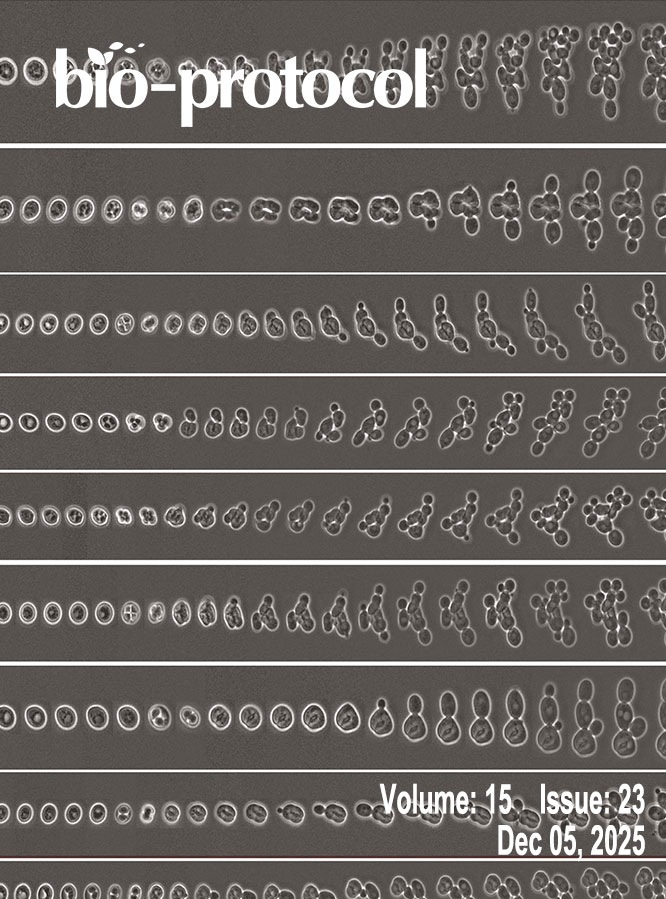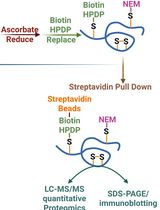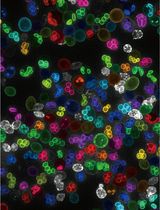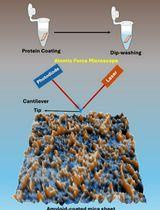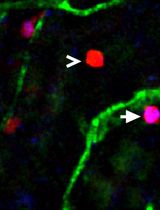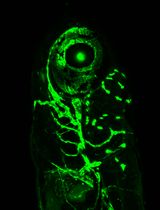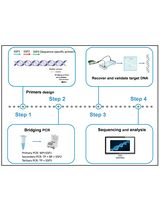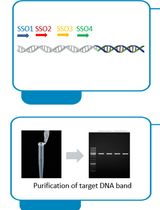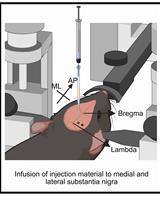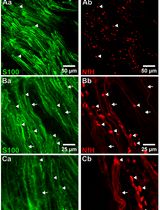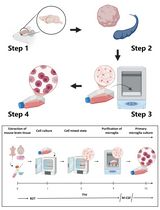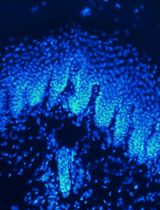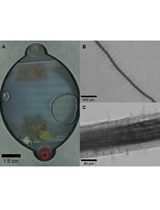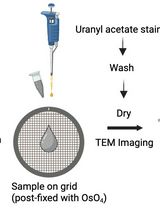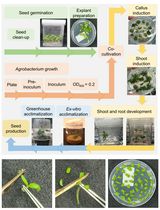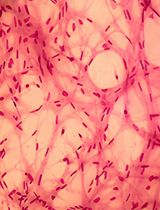往期刊物2025
卷册: 15, 期号: 23
生物化学
Quantitative Proteomics of Nitrosylated Proteins in Melanoma Using the Biotin-Switch Technique Combined With Tandem Mass Tag Labeling
结合生物素开关技术与 TMT 标记的黑色素瘤蛋白硝基化定量蛋白组学分析
生物信息学与计算生物学
Detailed Protocol for Segmentation and Quantification of Overlapping Prospore Membranes using DeMemSeg
基于 DeMemSeg 的重叠孢膜分割与定量分析的详细操作流程
生物科学
Room-Temperature Storage of Zebrafish and Medaka Sperm Using Lactic Acid-Stabilized L-15 Medium
利用乳酸稳定的 L-15 培养基实现斑马鱼和青鳉精子的室温保存
生物物理学
An Optimized Protocol for High-Quality AFM Imaging of Amyloid Fibrils
获得高质量淀粉样纤维 AFM 成像的优化实验流程
免疫学
Utilizing EdU to Track Leukocyte Recruitment to the Brain
使用 EdU 追踪脑部白细胞募集
微生物学
Imaging the Entire Sexual Life Cycle of the Budding Yeast Saccharomyces cerevisiae Using a Microfluidic Platform
利用微流控平台成像观察酿酒酵母整个有性生殖周期
分子生物学
Analyzing the Translatome of Lymphatic and Venous Endothelial Cells In Vivo via Translating Ribosome Affinity Purification (TRAP)
利用翻译核糖体亲和纯化(TRAP)技术解析体内淋巴与静脉内皮细胞的转录后表达谱
Bridging PCR-Based Genome-Walking Protocol
基于 Bridging PCR 的基因步移实验流程
Implementation of Fusion Primer-Driven Racket PCR Protocol for Genome Walking
基于融合引物的 Racket PCR 基因组步移技术的实现
神经科学
A One-Step Mouse Model of Parkinson’s Disease Combining rAAV-α-Synuclein and Preformed Fibrils of α-Synuclein
基于 rAAV-α-Syn 与 α-Syn 预成纤维共同构建的帕金森病一体化小鼠模型
Whole-Mount Immunostaining for the Visual Separation of A- and C-Fibers in the Study of the Sciatic Nerve
坐骨神经研究中用于可视化区分 A 纤维与 C 纤维的整体免疫染色方法
Revisiting Primary Microglia Isolation Protocol: An Improved Method for Microglia Extraction
重新优化原代小胶质细胞分离流程:改进的小胶质细胞提取方法
Intraepidermal Nerve Fiber Quantification of the Mouse Hind Paw Footpads: A Detailed and Simplified Protocol
小鼠足底表皮神经纤维的定量分析:详细且简化的实验流程
植物科学
Synchronizing Germination Rates Across Plant Species for Fabricated Ecosystems EcoFAB 2.0
在 EcoFAB 2.0 人工生态系统中实现多种植物萌发速率的同步
Preparation and Negative Staining for Visualization of Cyanoglobule Lipid Droplets Using Transmission Electron Microscopy
利用透射电镜观察蓝细菌胞蓝小体脂滴的制备与负染方法
Highly Efficient Agrobacterium-Mediated Transformation of Tomato cv Micro-Tom From Cotyledon Explants
基于子叶外植体的 Micro-Tom 番茄高效根癌农杆菌转化方法
干细胞
A Protocol to Induce Brown and Beige Adipocyte Differentiation From Murine and Human Adipose-Derived SVF
诱导小鼠与人源脂肪来源 SVF 分化为棕色与米色脂肪细胞的操作流程
A Simplified 3D-Plasma Culture Method for Generating Minimally Manipulated Autologous Equine Muscle-Derived Progenitor Cells
一种利用自体血浆凝胶生成马源肌性祖细胞的简化三维培养方法


